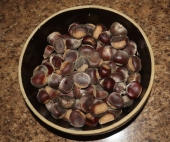

 10
10





 10
10












 7
7











 8
8












 6
6




 7
7




 3
3




Remember, moderation in all things, except, perhaps, dietary diversity!
-- James A. Duke
 4
4




"The world is changed by your example, not your opinion." ~ Paulo Coelho








 7
7










 7
7












 11
11





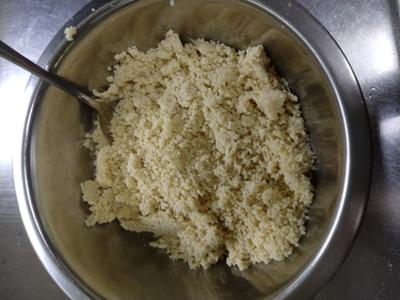
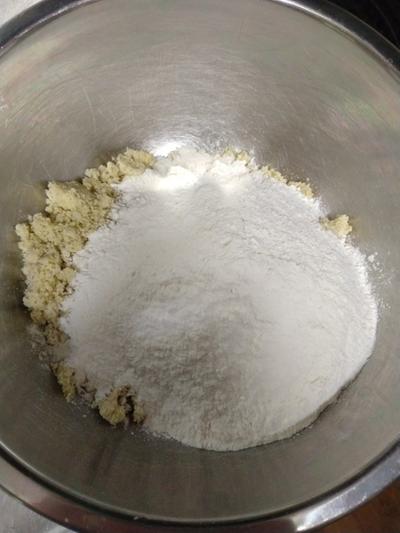
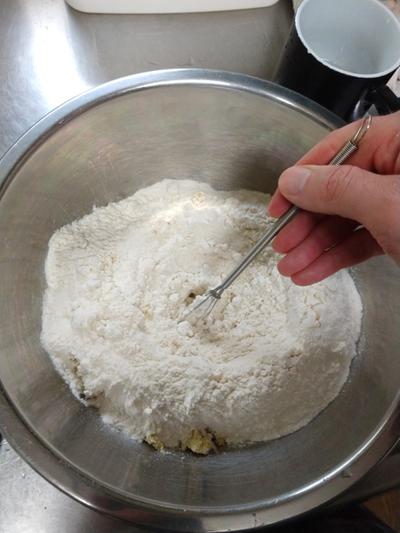
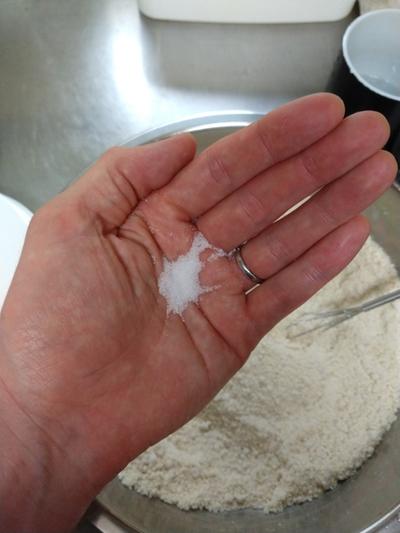
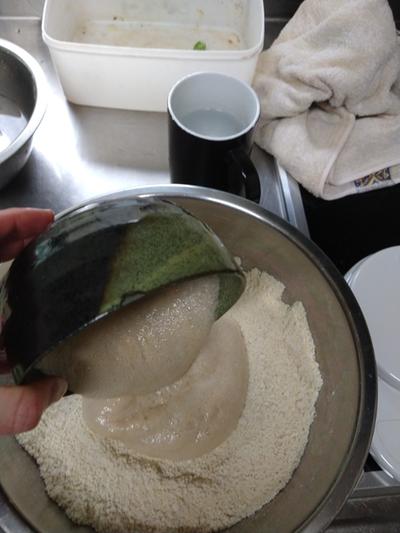
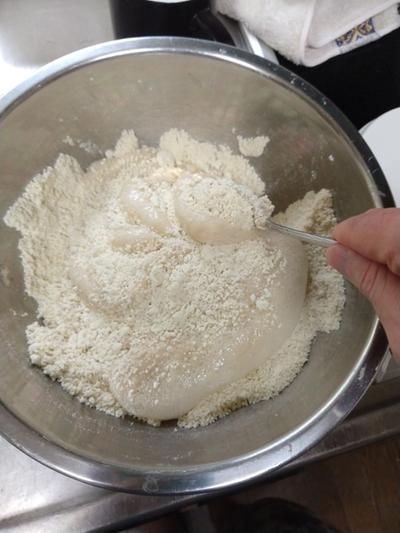
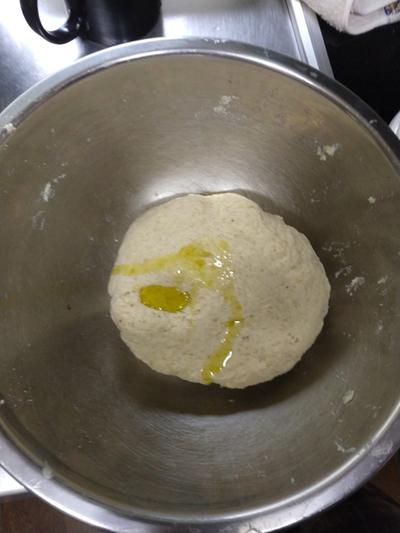
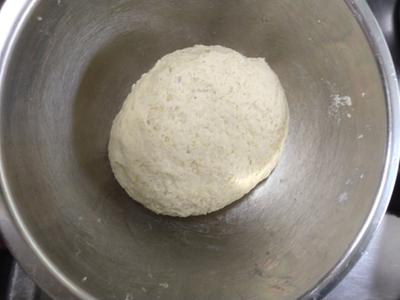
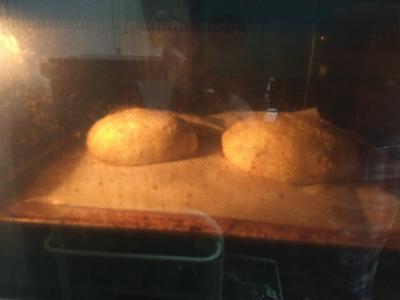
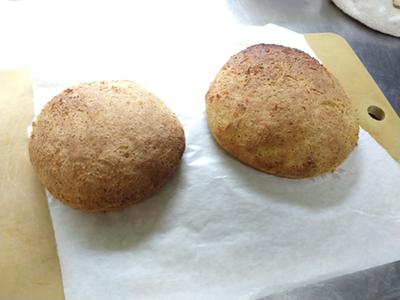
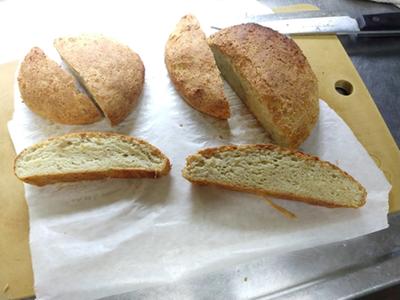
 10
10




Love is the only resource that grows the more you use it.
David Brower
 5
5




Love is the only resource that grows the more you use it.
David Brower
 6
6




 5
5




Love is the only resource that grows the more you use it.
David Brower
 11
11












 3
3




Maylin Moon wrote:Just wanted to add a method I've found for easy shelling of sweet chestnut (castanea sativa) found wild in the PNW. After trying many ways, this seems to work the best - easiest and fastest for preparing the nuts for long term storage.
 7
7




 6
6




Weeds are just plants with enough surplus will to live to withstand normal levels of gardening!--Alexandra Petri
 7
7




♪ Yes, and joy was just the thing that he was raised on, Love is just the way to live and die...♫
 3
3




 4
4




 2
2




 3
3




Olga Booker wrote:I got a bit fed up with peeling chestnuts, so I got this machine, unfortunately from a UK/French website.
https://www.tompress.com/A-10011488-epepineuse-presse-tomate-et-fruit-manuelle-fonte-et-inox-reconditionnee.aspx
I am sure that a similar machine can be found in the US. Beware though that many models are made out of plastic and not strong enough to deal with chestnuts, only soft fruits. The one on that link is made of cast iron and stainless steel. It changed my attitude come chestnut season!
Now all I need is a decent hand machine to score the chestnut prior to cooking!
'What we do now echoes in eternity.' Marcus Aurelius
How Permies Works Dr. Redhawk's Epic Soil Series








 2
2




L. Johnson wrote: In this case we received the chestnuts boiled in the shell. So I cut them into quarters and then spooned the meat out into a food processor, processed for less than a minute and got a very slightly damp powder. It mixed well into the flour with a whisk.
'What we do now echoes in eternity.' Marcus Aurelius
How Permies Works Dr. Redhawk's Epic Soil Series








 4
4




'What we do now echoes in eternity.' Marcus Aurelius
How Permies Works Dr. Redhawk's Epic Soil Series
 5
5




Visit Redhawk's soil series: https://permies.com/wiki/redhawk-soil
How permies.com works: https://permies.com/wiki/34193/permies-works-links-threads
 3
3




Joylynn Hardesty wrote:So, I now have 10 gallons of chestnuts! Oh, what should I do?
 2
2











 1
1





|
Yes, my master! Here is the tiny ad you asked for:
Rocket Mass Heater Resources Wiki
https://permies.com/w/rmh-resources
|

